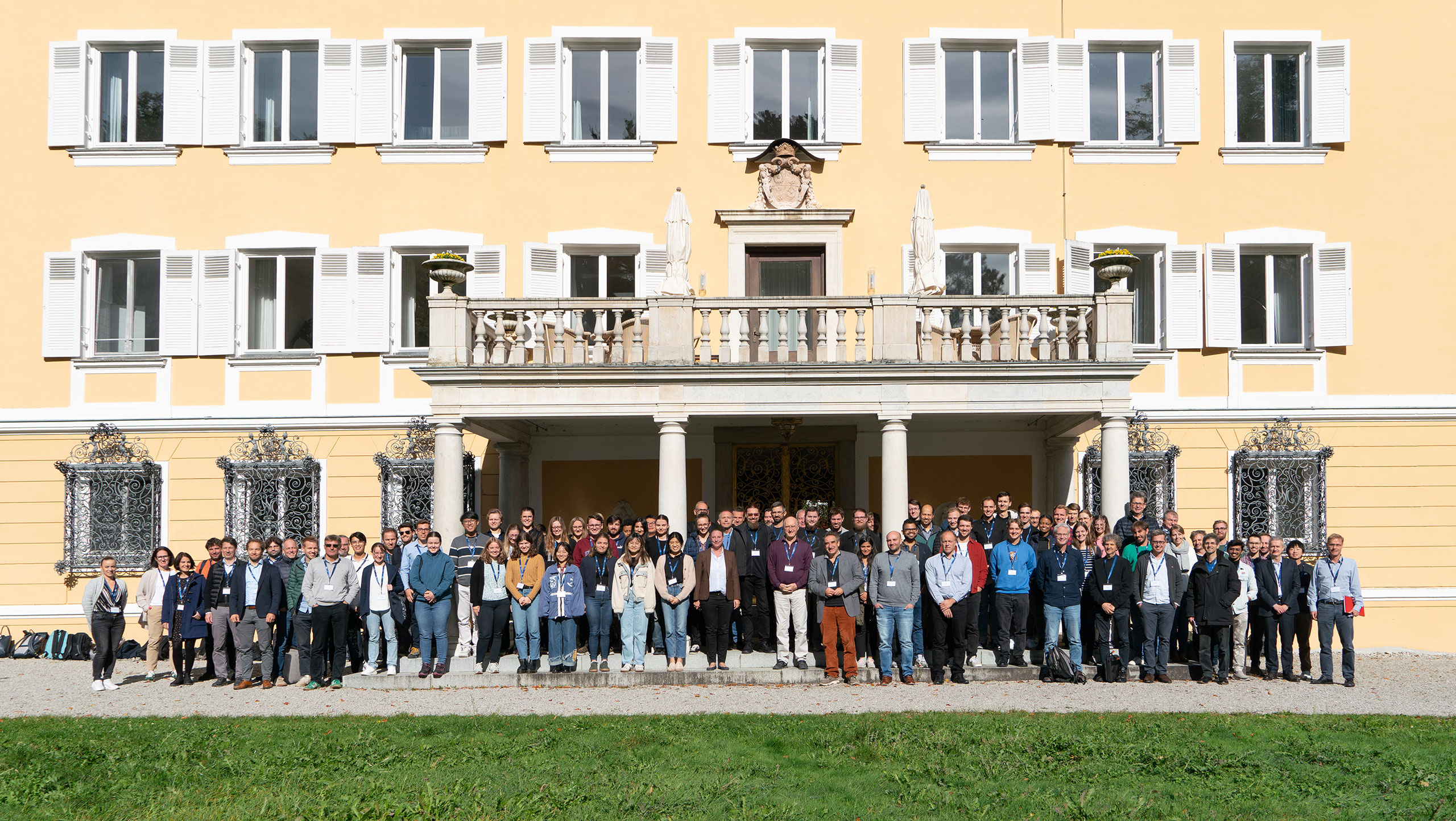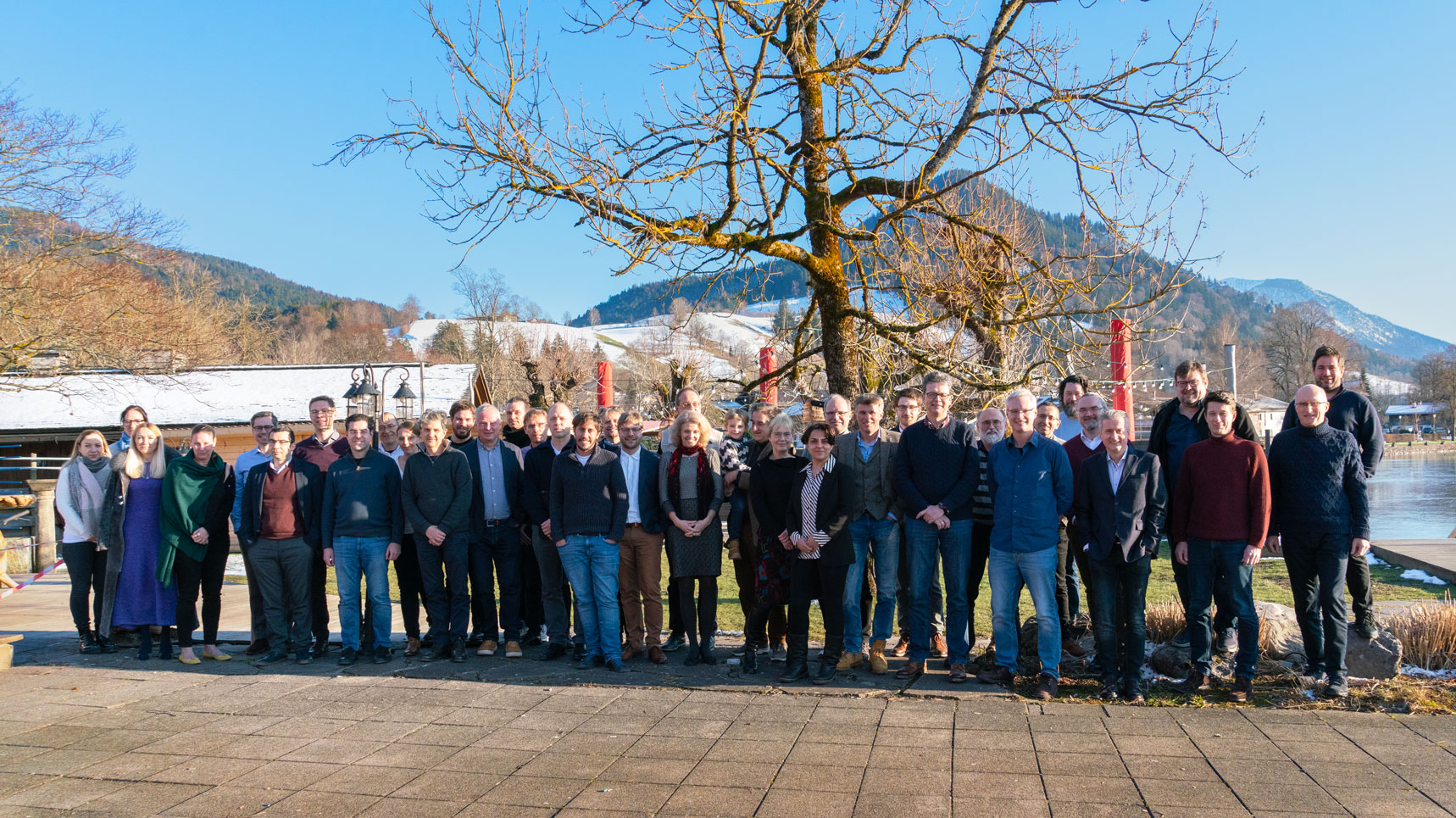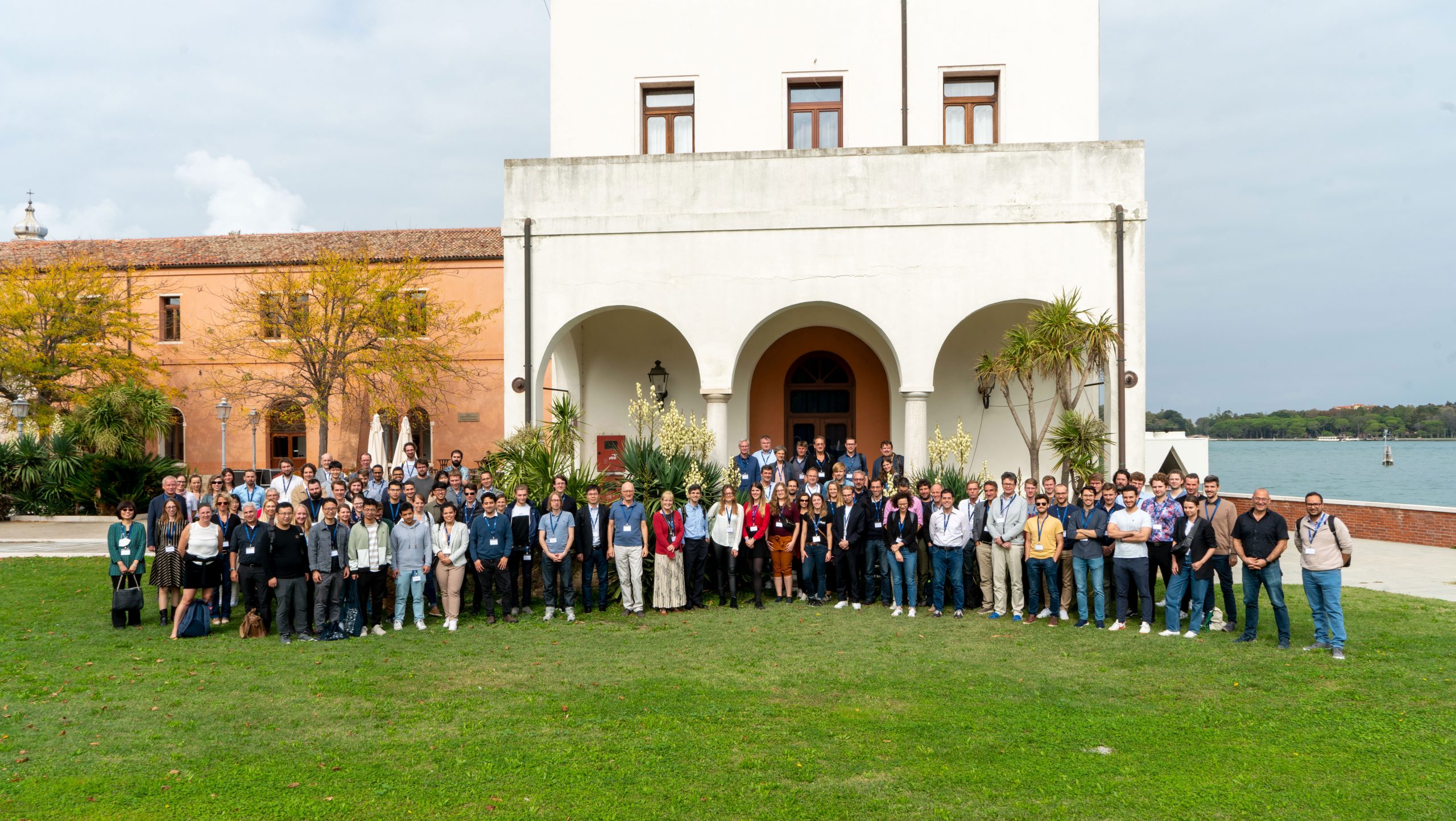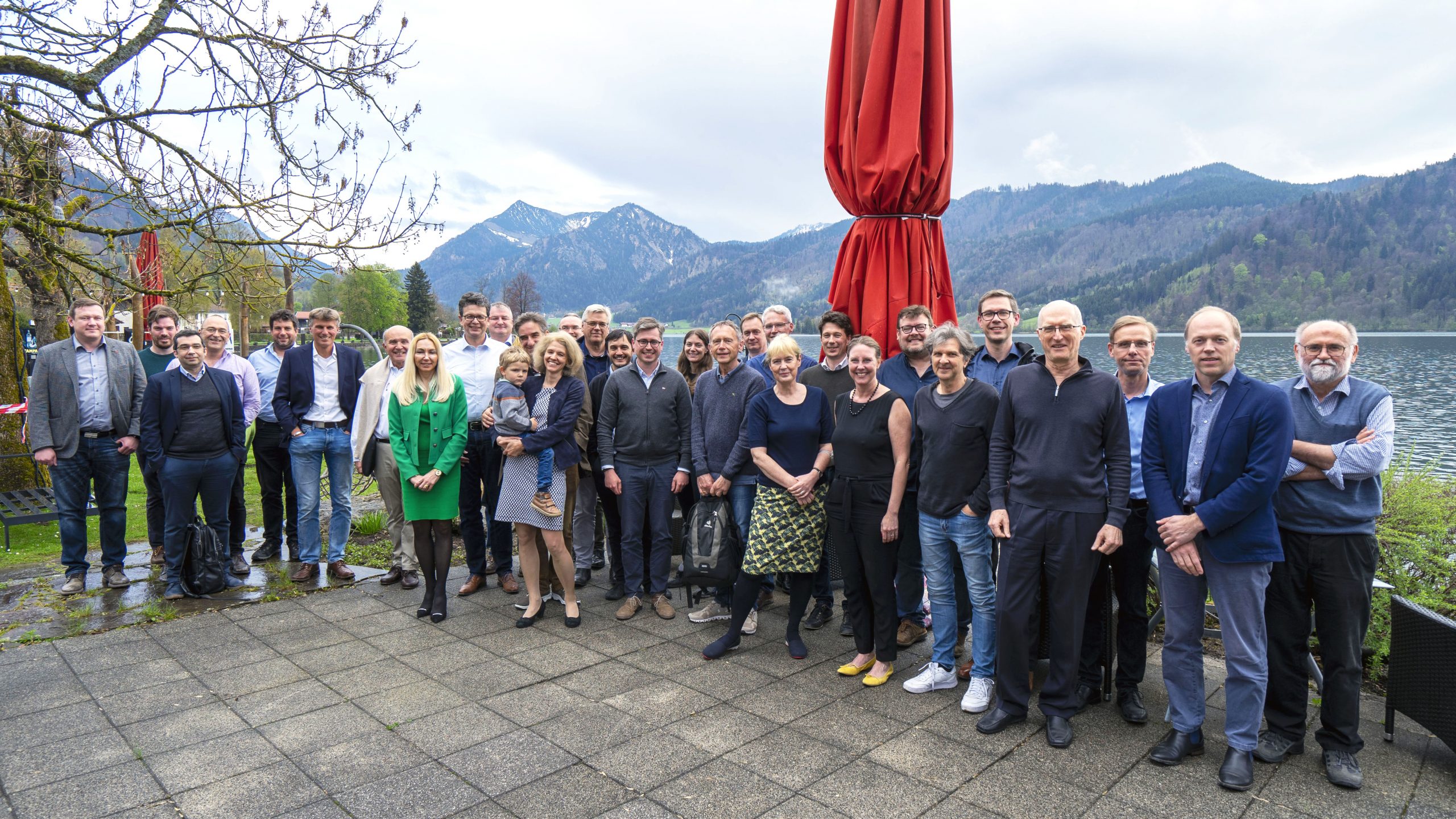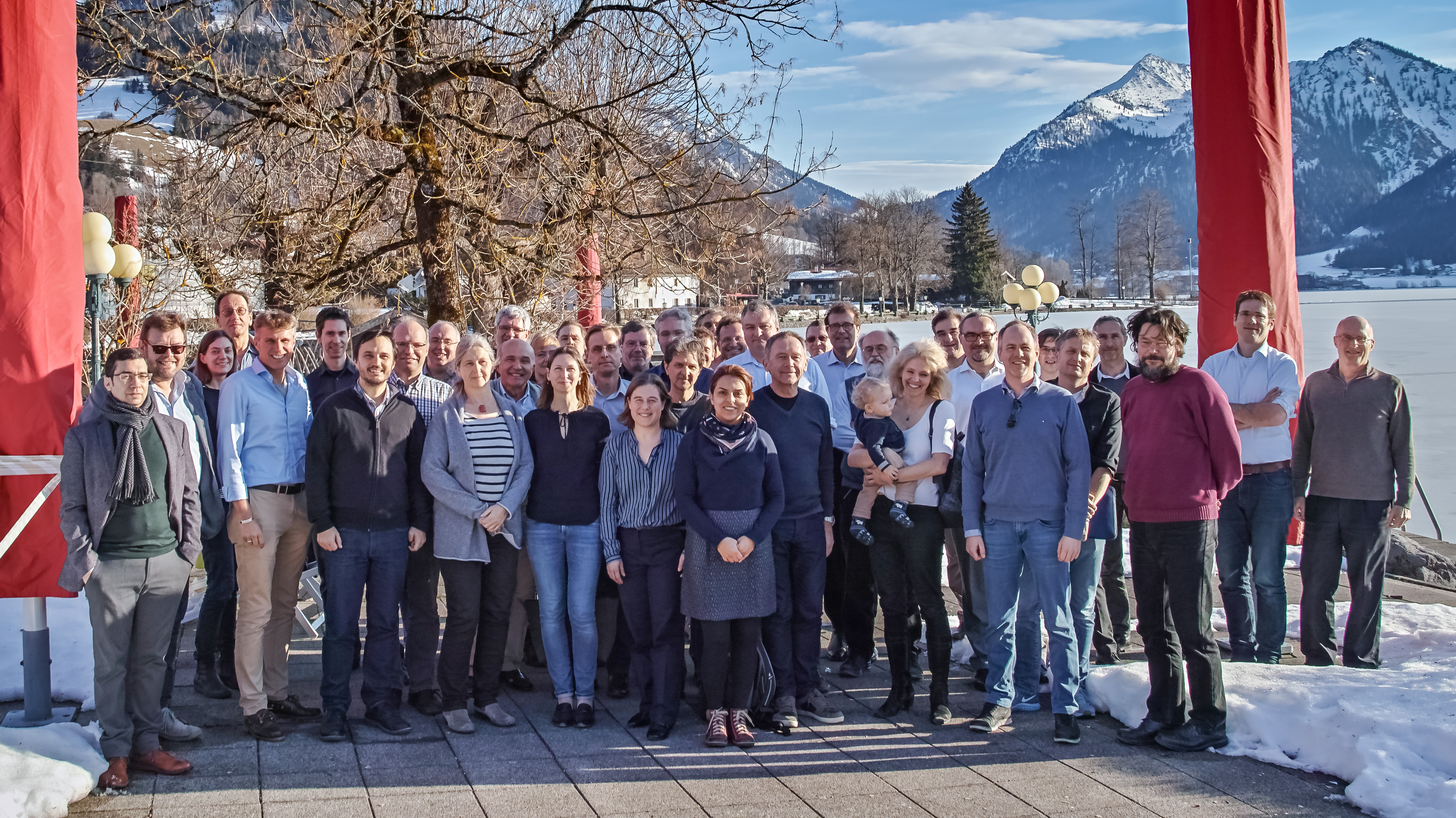Fundamentals of Energy Conversion Processes
A DFG Cluster of Excellence
News
Welcome Prof. Marc Willinger!
Birgit Ziller2022-05-10T14:38:26+02:00May 9, 2022|
With Prof. Willinger e-conversion could win an excellent expert on electron microscopy. We wish him and his family a good start in Munich and all the best for his research!
Conference for young nanoscientists
Birgit Ziller2022-05-10T14:29:37+02:00May 5, 2022|
Want to listen and talk to two nanoscience Nobel laureates??? Then join the International Nanoscience Students Conference in Munich with talks, poster sessions, workshops, an opportunity fair,...
Facts about (Artificial) Photosynthesis
Birgit Ziller2022-05-04T13:32:19+02:00Apr 5, 2022|
In this video e-conversion member Prof. Dario Leister explains his research on artificial photosynthesis and how this idea might open up a new energy source.
Events

Escape from Carbonia - on tour
e-conversion and TUM on the road with Escape Room in Munich.
Highlights
Recent Publications
A Gouder, B V Lotsch
Optoionics - Controlling ions with light☆ Journal Article
In: Solid State Ionics, vol. 431, 2025, ISSN: 0167-2738.
@article{nokey,
title = {Optoionics - Controlling ions with light☆},
author = {A Gouder and B V Lotsch},
url = {\<Go to ISI\>://WOS:001576659000001},
doi = {10.1016/j.ssi.2025.117018},
issn = {0167-2738},
year = {2025},
date = {2025-11-01},
journal = {Solid State Ionics},
volume = {431},
abstract = {Optoionics has recently emerged at the intersection of optoelectronics and solid state ionics, triggered by fundamental work on light-induced ionic conductivity enhancement in methylammonium lead iodide (MAPI). This perspective traces the evolution of optoionics from early 20th century studies on photoionics to contemporary research, elucidating the semantic nuances and historical development of light-ion interactions. We follow the first observations such as copper photoionization and subsequent conceptual extensions such as molecular photoionics and photo-ionic cells, leading on to the current definition and understanding of optoionics. We then proceed to apply this understanding on light-ion interactions in carbon nitrides, distinguishing between intrinsic and extrinsic optoionic effects depending on whether one or more distinct phases are involved. This nuanced understanding is essential for the design of optoionic devices that exploit light-ion interactions to couple light harvesting and electrochemical energy storage. Finally, we provide an outlook on emerging optoionic devices at the intersection of energy conversion and storage and discuss smart circuit elements that integrate optoionic principles for advanced technological applications.},
keywords = {},
pubstate = {published},
tppubtype = {article}
}
J Reich, M Soltanmohammadi, V Vonk, S Kaiser, U Heiz, A Stierle, F Esch, B J Lechner
Steering Pt Cluster Dimensionality via the Surface Oxidation State of CeO2(111) Thin Films Journal Article
In: Acs Catalysis, 2025, ISSN: 2155-5435.
@article{nokey,
title = {Steering Pt Cluster Dimensionality via the Surface Oxidation State of CeO2(111) Thin Films},
author = {J Reich and M Soltanmohammadi and V Vonk and S Kaiser and U Heiz and A Stierle and F Esch and B J Lechner},
url = {\<Go to ISI\>://WOS:001598368800001},
doi = {10.1021/acscatal.5c05570},
issn = {2155-5435},
year = {2025},
date = {2025-10-22},
journal = {Acs Catalysis},
abstract = {Ceria has recently regained attention in catalysis research, thanks to its ability to reversibly form and redisperse supported, catalytically active Pt clusters through control of its surface morphology and oxidation state. In the present article, we systematically and independently tune these parameters during CeO2(111) film synthesis to investigate their influence on the dimensionality (2D vs 3D) and sintering behavior of size-selected Pt20 clusters. We present recipes for atomically flat CeO2(111) islands and closed films with a thickness of up to 18 monolayers, grown on Rh(111), and characterize them by means of scanning tunneling microscopy (STM), X-ray photoelectron spectroscopy (XPS), X-ray diffraction (XRD), and low-energy electron diffraction (LEED). Remarkably, XRD and LEED reveal an epitaxially grown, crystalline, and relaxed closed film of a single domain, with cube-on-cube alignment. Bulk or exclusive surface reduction is achieved by ultra-high vacuum annealing or room temperature CH3OH dosing and annealing cycles, respectively. The methanol procedure forms oxygen vacancies only in the surface without reducing the deeper layers of the film or introducing roughening. From STM images, we extract detailed height distributions and coverages of Pt20 clusters and find that Ostwald ripening already sets in around 600 K on both, fully oxidized and surface-reduced ceria, without any indication for cluster diffusion and coalescence. XPS shows that atom detachment during sintering leads to the intermediate formation of Pt2+ species on oxidized ceria, in line with the redispersed single atoms at step edges observed in the literature. Strikingly, while the clusters appear similarly upon deposition on both supports, they show a distinct temperature-dependent dimensionality upon annealing: Exclusively 3D clusters form on the oxidized support, while most clusters on the reduced support adopt a flat, 2D geometry upon sintering, stabilized by O vacancies.},
keywords = {},
pubstate = {published},
tppubtype = {article}
}
A F Harper, S S Köcher, K Reuter, C Scheurer
Performance metrics for tensorial learning: prediction of Li4Ti5O12 nuclear magnetic resonance observables at experimental accuracy Journal Article
In: Journal of Materials Chemistry A, vol. 13, no. 41, pp. 35389-35399, 2025, ISSN: 2050-7488.
@article{nokey,
title = {Performance metrics for tensorial learning: prediction of Li4Ti5O12 nuclear magnetic resonance observables at experimental accuracy},
author = {A F Harper and S S K\"{o}cher and K Reuter and C Scheurer},
url = {\<Go to ISI\>://WOS:001582683500001},
doi = {10.1039/d5ta05090a},
issn = {2050-7488},
year = {2025},
date = {2025-10-21},
journal = {Journal of Materials Chemistry A},
volume = {13},
number = {41},
pages = {35389-35399},
abstract = {Predicting observable quantities from first principles calculations is the next frontier within the field of machine learning (ML) for materials modelling. While ML models have shown success for the prediction of scalar properties such as energetics or band gaps, models and performance metrics for the learning of higher order tensor-based observables have not yet been formalized. ML models for experimental observables, including tensorial quantities, are essential for exploiting the full potential of the paradigm shift enabled by machine learned interatomic potentials by mapping the structure-property relationship in an equally efficient way. In this work, we establish performance metrics for accurately predicting the electric field gradient tensor (EFG) underlying nuclear magnetic resonance (NMR) spectroscopy. We further demonstrate the superiority of a tensorial learning approach that fully encodes the corresponding symmetries over a separate scalar learning of individual tensor-derived observables. To this end we establish an extensive EFG dataset representative of real experimental applications and develop performance metrics for model evaluation which directly focus on the targeted NMR observables. Finally, by leveraging the computational efficiency of the ML method employed, we predict quadrupolar observables for 1512 atom models of Li4Ti5O12, a high performance Li-ion battery anode material, which is capable of accurately distinguishing local atomic environments via their NMR observables. This workflow and dataset sets the standard for the next generation of tensorial based learning for spectroscopic observables.},
keywords = {},
pubstate = {published},
tppubtype = {article}
}










